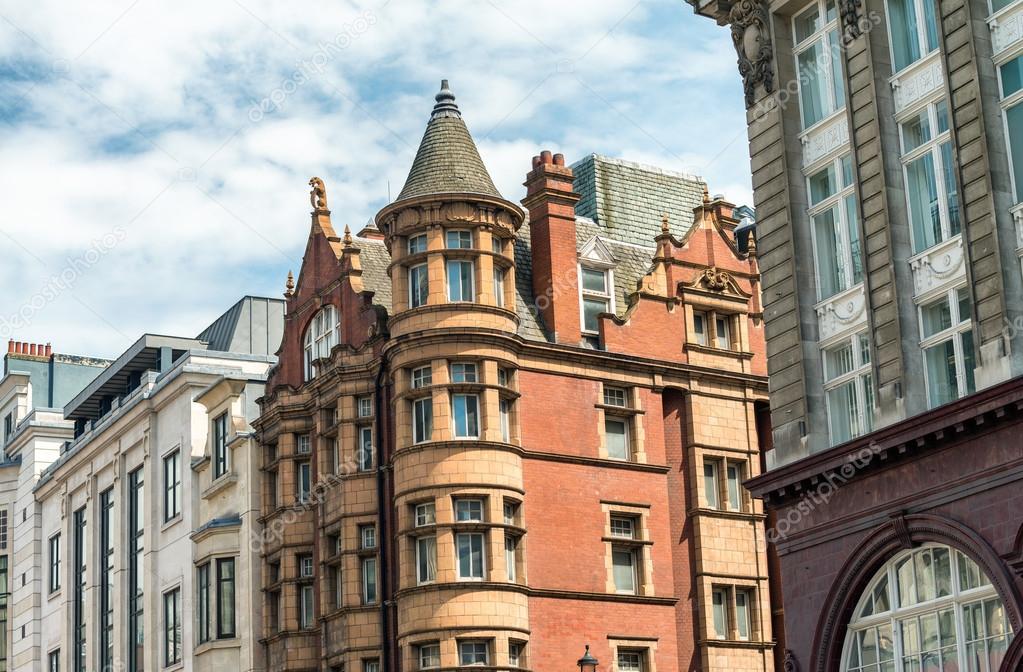Introduction: The Alchemy of Adaptive Reuse
In the dynamic realm of real estate, the magic of adaptive reuse takes center stage. This captivating journey delves into the intricate process of breathing new life into heritage structures, where the legacy of the past is revived with contemporary innovation.
The Essence of Adaptive Reuse: Nurturing Heritage
Adaptive reuse is a multifaceted process that requires visionary planning, historical reverence, and a deep commitment to preserving the past while crafting a modern future. We shall explore its core elements:
- Historical Research: Uncover the pivotal role of historical research in adaptive reuse projects. Learn how architects, historians, and preservationists collaborate to ensure historical accuracy and authenticity.
- Architectural Preservation: Delve into the significance of preserving original architectural elements, from ornate facades to intricate interior details, to maintain the building’s historical charm.
- Modernization Challenges: Understand the intricacies of modernizing a historic structure while adhering to strict preservation guidelines. Explore the innovative methods, materials, and technologies that navigate these challenges.
Adaptive Reuse in Action: Reviving Heritage for Modern Spaces
The true enchantment of adaptive reuse unfolds when the past is rekindled with the comforts of contemporary living. We’ll explore the diverse forms it takes:
- Residential Conversions: Step into the world of historic buildings transformed into modern homes. Gain insight into the unique challenges and the allure of living within a piece of history.
- Commercial Adaptations: Discover how historic structures are reborn as vibrant commercial spaces, including boutique hotels, sophisticated restaurants, collaborative coworking hubs, and inviting retail stores.
- Cultural and Art Centers: Explore how museums, galleries, and cultural centers rejuvenate history, serving as preservers of cultural heritage and offering modern platforms for artistic expression.
Image by: https://homeworlddesign.com/
Inspiring Examples: Adaptive Reuse in Practice
To illustrate the magic of adaptive reuse, we’ll embark on a virtual tour through some of the world’s most remarkable examples:
- The High Line, New York City: Delve into the transformation of a disused railway line into a stunning elevated park, preserving the railway’s history while adding a modern urban twist.
- London’s Tate Modern: Step into the iconic Tate Modern, a converted power station that now stands as one of the world’s most celebrated modern art museums, where the industrial past meets the creative future.
- Rijksmuseum, Amsterdam: Immerse yourself in the Rijksmuseum, a masterful restoration project that elegantly combines historical preservation with modern functionality, creating an iconic cultural destination.
Comparative Table: Adaptive Reuse Techniques
Let’s provide a visual comparison of various techniques used in adaptive reuse:
| Technique | Benefits | Characteristics |
|---|---|---|
| Historical Research | Authenticity, historical accuracy | Extensive archival research and expert collaboration |
| Architectural Preservation | Preservation of heritage, aesthetic continuity | Restoration of original materials and craftsmanship |
| Modernization Challenges | Improved functionality, integration of technology | Utilization of innovative materials and technologies |
Conclusion: The Revival of Heritage
In conclusion, adaptive reuse is a testament to the timeless allure of history coexisting with modernity. It is a bridge that gracefully connects the past and the present, fostering a promising future.
This article has unveiled the meticulous process of transforming historic structures, encapsulating the essence of the past within modern functionality. Whether you’re a history enthusiast, an architect, or someone who wishes to live or work in a piece of history, understanding these techniques is essential to appreciate and participate in this remarkable transformation.
Adaptive reuse is the embodiment of history revived, where the stories of yesteryears continue to inspire our lives today and guide us into the future.











